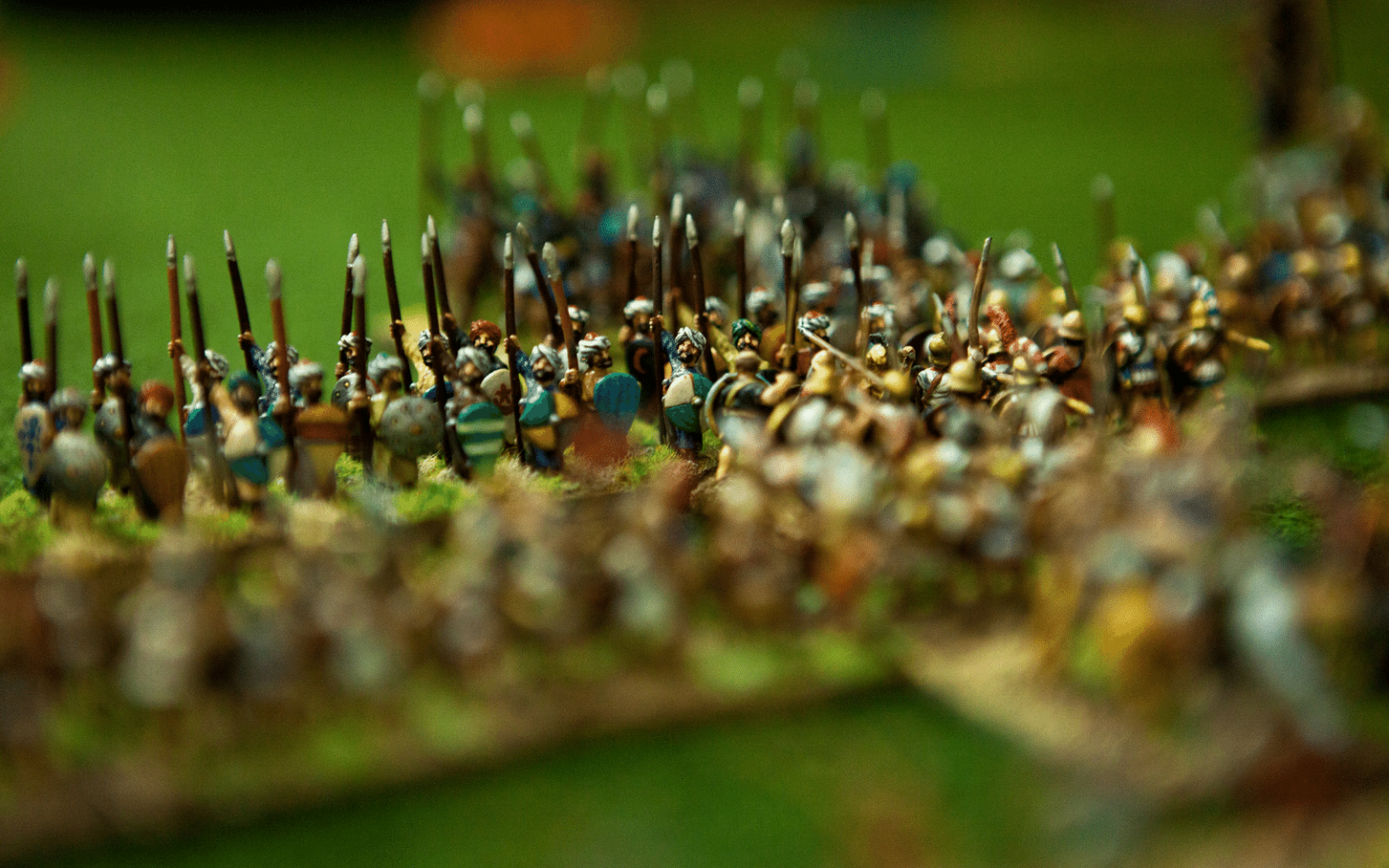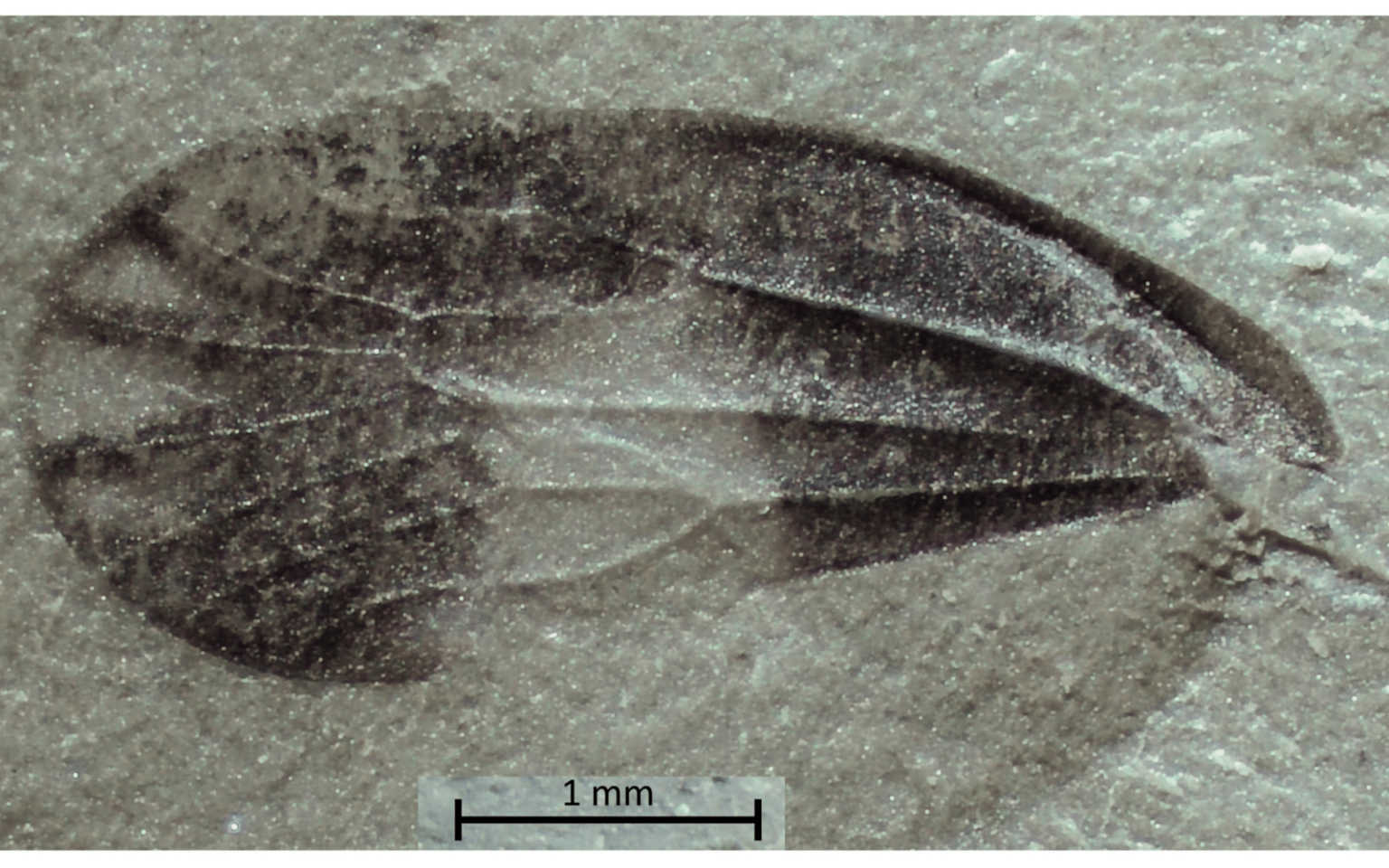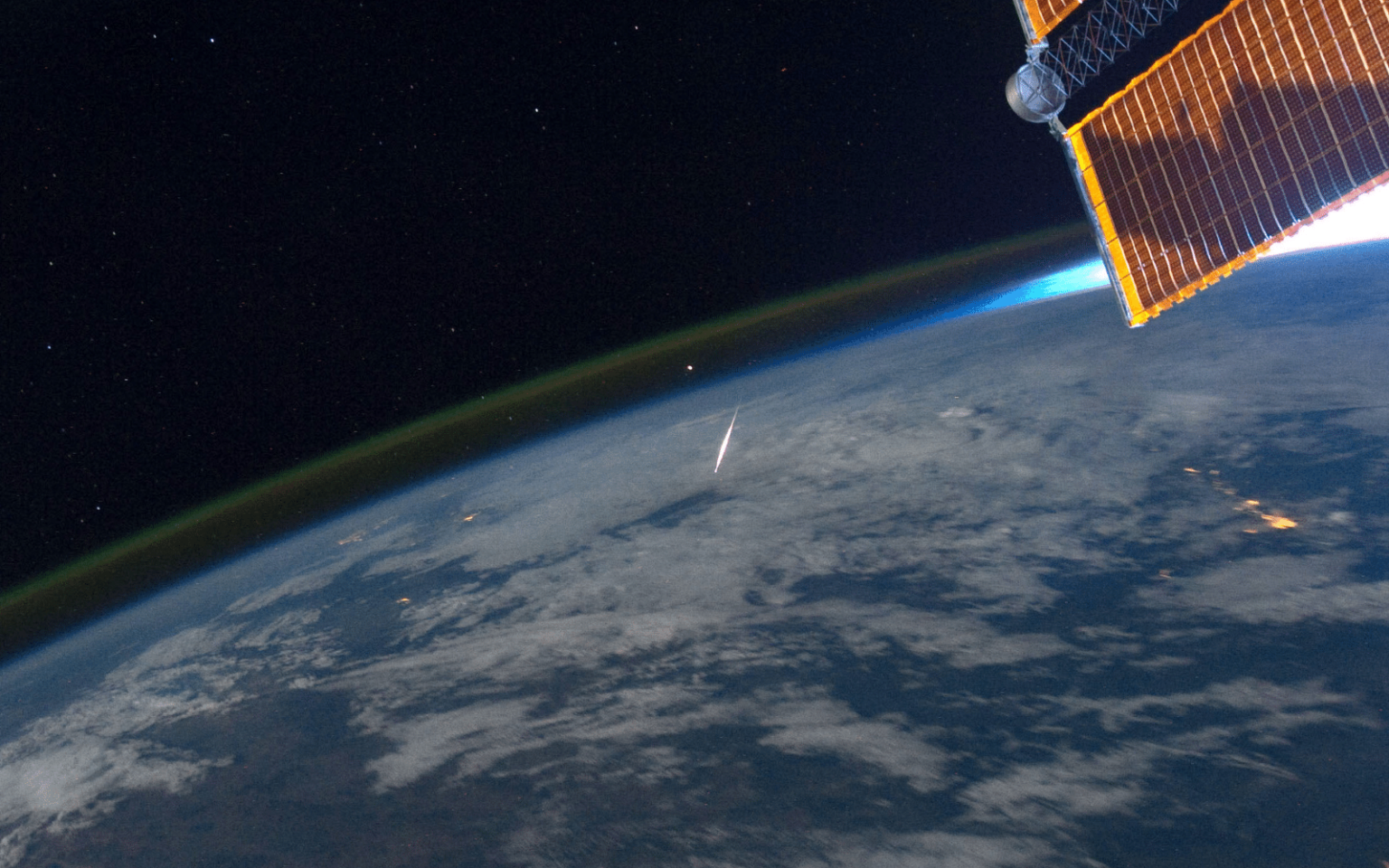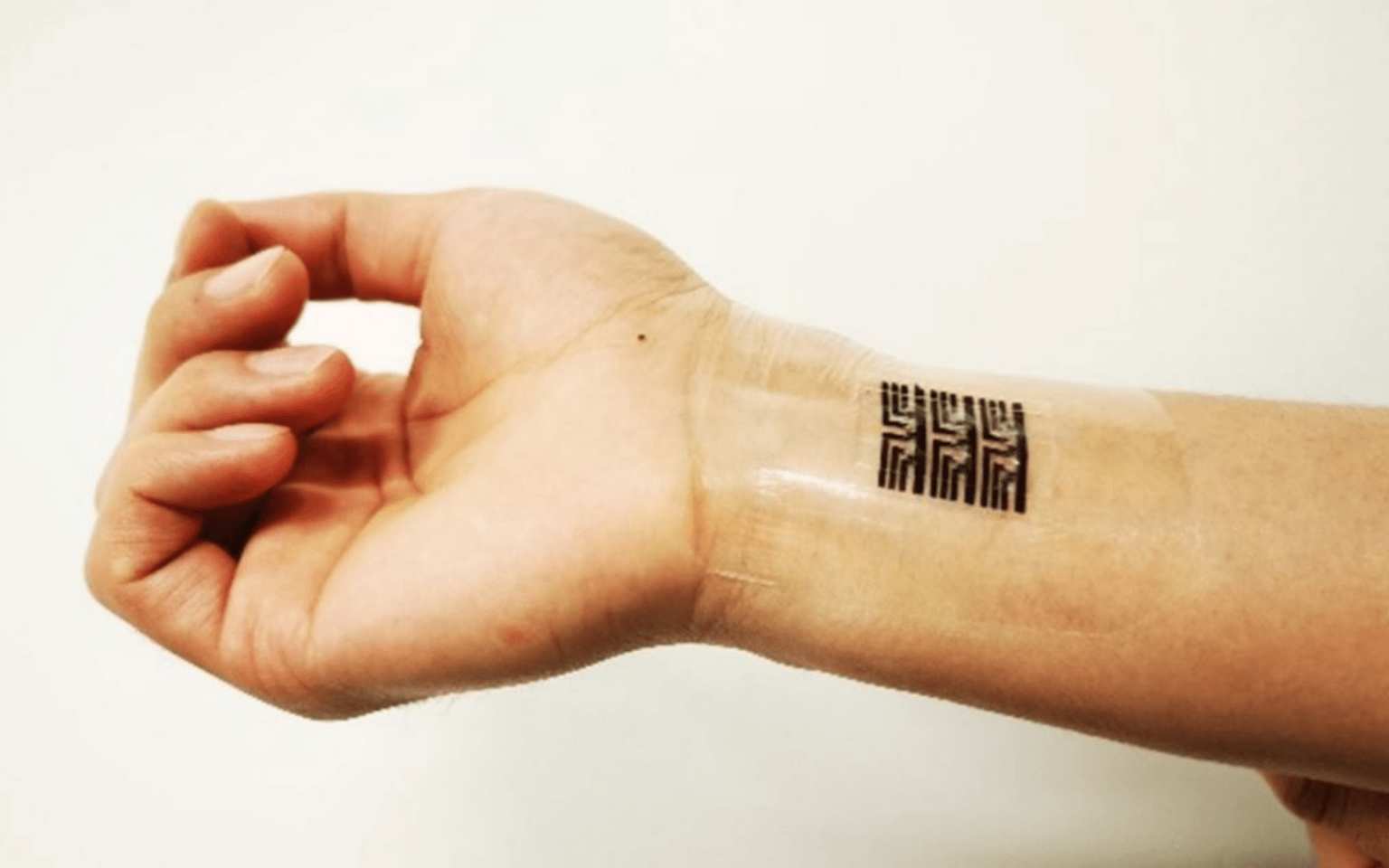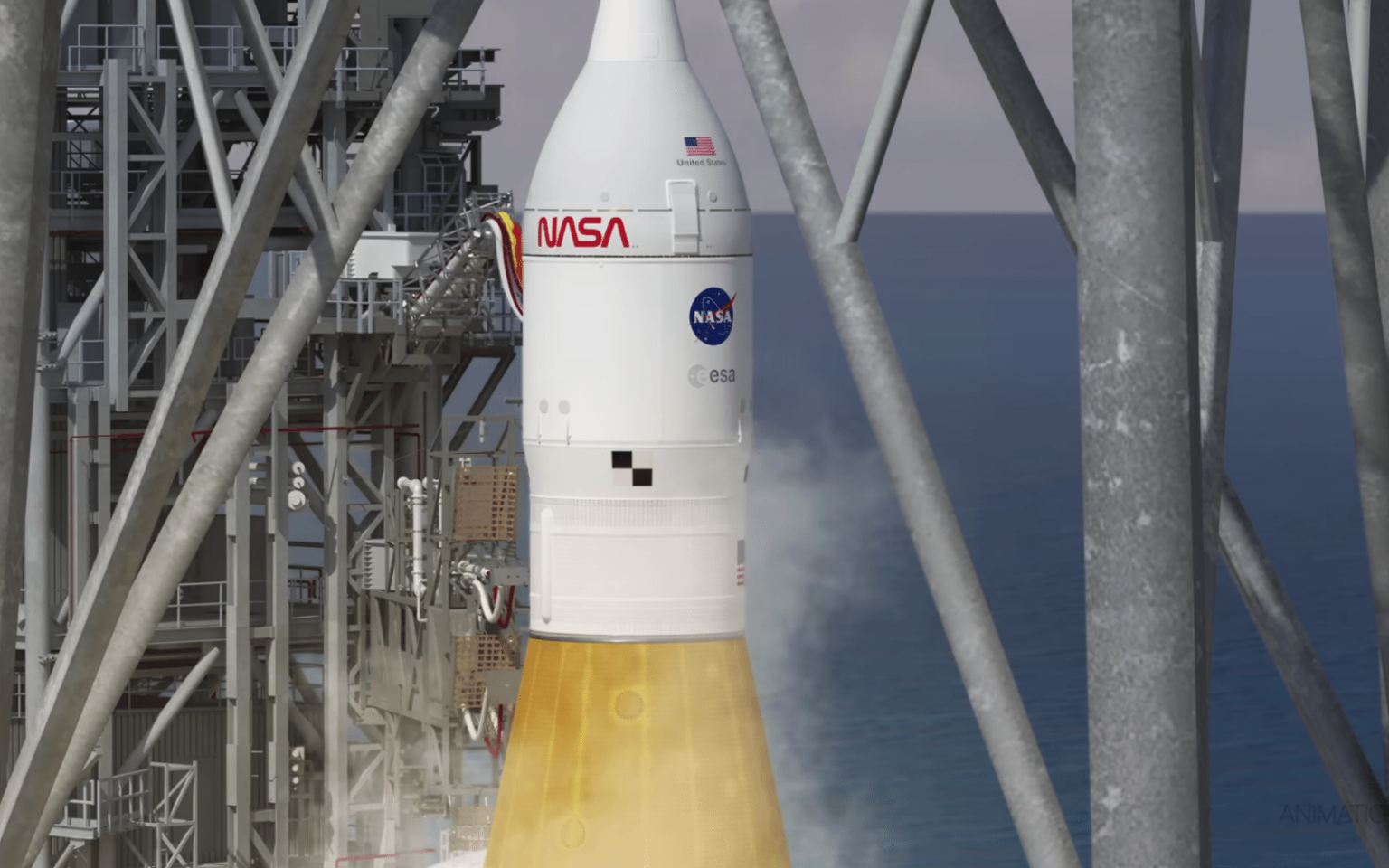In a rare piece of good news from Meta, artificial intelligence researchers at the company have just announced a scientific breakthrough. Their AI program named Cicero can now play the board game Diplomacy at a human level. Now, before you get too excited, Cicero isn’t playing at superhuman level. It was beaten by around 10% of the humans it played against. By comparison, in previous AI milestones, like AI beating humans in chess or Go, humans have long been completely surpassed. DeepMind’s Go-playing AI is, for example, a “Go god” – according to the Chinese grandmaster Ke Jie. Even the human…
Author: The Conversation
South Africa is famous for its amazingly rich and diverse fossil record. The country’s rocks document more than 3.5 billion years of life on Earth: ancient forms of bacterial life, the emergence of life onto land, the evolution of seed-producing plants, reptiles, dinosaurs and mammals – and humanity. Many will be familiar with hominid fossils such as the Australopithecus africanus skull Mrs (or is it Mr?) Ples and the paradigm-shifting Taung child. Less well known and equally important fossils such as the oldest terrestrial vertebrates in the ancient supercontinent Gondwana, which document the first steps from the ocean and onto land, have also emerged from South…
On July 31 2013 a constellation of US defence satellites saw a streak of light over South Australia as a rock from outer space burned through Earth’s atmosphere on its way to crash into the ground below. The impact created an explosion equivalent to about 220 tonnes of TNT. More than 1,500km away, in Tasmania, the bang was heard by detectors normally used to listen for extremely low-frequency sounds from illegal tests of nuclear weapons. These were two excellent indications that there should be a patch of ground covered in meteorites somewhere north of Port Augusta. But how could we track them down? My…
What do a cybersecurity researcher building a system to generate alerts for detecting security threats and vulnerabilities, a wildfire watcher who tracks the spread of forest fires, and public health professionals trying to predict enrollment in health insurance exchanges have in common? They all rely on analyzing data from Twitter. Twitter is a microblogging service, meaning it’s designed for sharing posts of short segments of text and embedded audio and video clips. The ease with which people can share information among millions of others worldwide on Twitter has made it very popular for real-time conversations. Whether it is people tweeting about their favorite sports…
The big idea My colleagues and I have developed a flexible, stretchable electronic device that runs machine-learning algorithms to continuously collect and analyze health data directly on the body. The skinlike sticker, developed in my lab at the University of Chicago’s Pritzker School of Molecular Engineering, includes a soft, stretchable computing chip that mimics the human brain. To create this type of device, we turned to electrically conductive polymers that have been used to build semiconductors and transistors. These polymers are made to be stretchable, like a rubber band. Rather than working like a typical computer chip, though, the chip we’re working with, called…
Just a few hundred feet from where we are sitting is a large metal chamber devoid of air and draped with the wires needed to control the instruments inside. A beam of particles passes through the interior of the chamber silently at around half the speed of light until it smashes into a solid piece of material, resulting in a burst of rare isotopes. This is all taking place in the Facility for Rare Isotope Beams, or FRIB, which is operated by Michigan State University for the U.S. Department of Energy Office of Science. Starting in May 2022, national and international…
November 15 2022 marks a milestone for our species, as the global population hits 8 billion. Just 70 years ago, within a human lifetime, there were only 2.5 billion of us. In AD1, fewer than one-third of a billion. So how have we been so successful? Humans are not especially fast, strong or agile. Our senses are rather poor, even in comparison to domestic livestock and pets. Instead, large brains and the complex social structures they underpin are the secrets of our success. They have allowed us to change the rules of the evolutionary game that governs the fate of most…
The football teams of 32 nations are gathered in Qatar for the quadrennial FIFA World Cup. Some 5 billion people around the world are expected to tune in to watch matches over the course of the month-long tournament. These enormous audiences will be ready to applaud great play – and to howl ferociously when a referee’s decision goes against their team. To ensure the tough decisions are fair and accurate, FIFA (the Fédération Internationale de Football Association, the sport’s global governing body) has invested not only in the best human referees but also in the latest and greatest in technological tools. Video replays…
NASA has just launched its first rocket in the Artemis program, which will, among other things, take scientific experiments to produce metal on the Moon. In recent years, a number of businesses and organisations have ramped up efforts to establish technologies on the Moon. But doing work in space is expensive. Sending just one kilogram of material to the Moon can cost US$1.2 million (A$1.89 million). What if we could save money by using the resources that are already there? This process is called in-situ resource utilisation, and it’s exactly what astrometallurgy researchers are trying to achieve. Why the Moon? The Moon has amazing potential…
South Africa has the dubious distinction of having one of the highest rates of unemployment and inequality in the world. It is also one of the world’s most emissions-intensive economies, measured in greenhouse gas emissions per unit of economic output. The co-existence of high unemployment and high emissions intensity is not a coincidence. South Africa’s history of segregation and apartheid has had profound implications for its development path. Choices were made that favoured investment in capital rather than labour. Economic growth was based, in part, on cheap (coal-based) energy, overlooking its high emissions. Coal has been the dominant fuel in…

